Orson Welles and the 1938 The War of the Worlds Broadcast
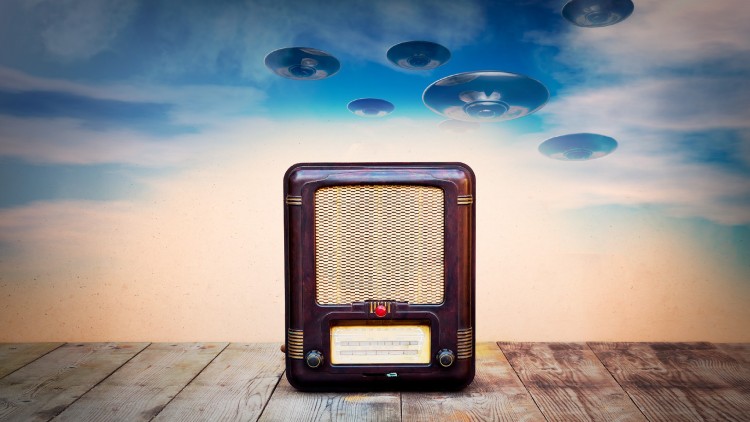
Why take this course?
🌟 Course Overview: Orson Welles and the 1938 The War of the Worlds Broadcast 🌟
Dive into the Realm of Imagination and Reality:
Welcome to a captivating journey back in time with our short course, "Orson Welles and the 1938 The War of the Worlds Broadcast." This course will take you through the background, the event itself, the ensuing panic, and the lasting legacy that has shaped both media and societal perceptions.
Background:
In the 19th century, Mars captivated the imagination of astronomers and writers alike. Speculations about Martian life were rampant, and it wasn't long before science fiction legends like H. G. Wells began penning tales of hostile invasions from the Red Planet. As we leap into the 20th century, these stories evolved, finding a new medium in radio broadcasts.
The Event: The War of the Worlds Broadcast
Orson Welles, a pioneer in the field of radio drama, saw an opportunity to push the boundaries of his Mercury Theater on the Air. With the world on the brink of war and tensions running high, Welles decided to adapt Wells' "The War of the Worlds" into a series of mock news bulletins, designed to captivate listeners with the realistic portrayal of an extraterrestrial invasion.
Panic and Reaction:
Many listeners who tuned in mid-broadcast were convinced that America was under attack by Martian invaders. The ensuing panic led to chaotic scenes across the United States and Canada, as citizens attempted to flee or seek shelter from the supposed alien onslaught. Communication lines were jammed, and officials scrambled to respond to a threat that was, in fact, a masterful piece of theater.
Legacy:
The broadcast has since become a cornerstone in media history, marking a pivotal moment in the understanding of the power of media and its ability to influence public perception. It also set a precedent for how news is consumed and how the public reacts to perceived emergencies.
Course Structure:
- Section 1: The Martian Imagination - Exploring the early fascination with Mars and its impact on literature and culture.
- Section 2: Radio in the 1930s - Understanding the role of radio in society, especially during a time of growing global tension.
- Section 3: The Mercury Theater and Orson Welles - An in-depth look at the creative minds behind the broadcast.
- Section 4: The Broadcast Itself - A detailed analysis of the content and structure of "The War of the Worlds" broadcast.
- Section 5: The Aftermath - Examining the public's response, the media frenzy, and the immediate consequences following the broadcast.
- Section 6: Lasting Impact and Legacy - Considering how this event has influenced media, culture, and our understanding of mass communication.
Supplementary Materials:
- Recommended resources for a deeper dive into the subject matter.
- A curated selection of documents, including interviews with Orson Welles and contemporaneous accounts.
Bibliography:
A comprehensive list of sources in APA format to support your studies and research.
This course is designed to be completed in approximately 2 hours and 15 minutes, featuring:
- Approximately 6 Sections of engaging video storytelling.
- Links to listen to or read the original broadcast (about 45 minutes).
- Supplemental resources for further exploration.
Join us on this fascinating adventure through history, media, and the human psyche. Enroll now to explore one of the most influential events in the annals of radio and mass communication! 🎧☄️📚
Course Gallery
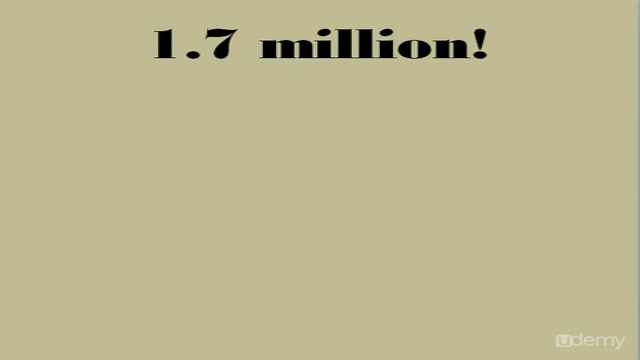
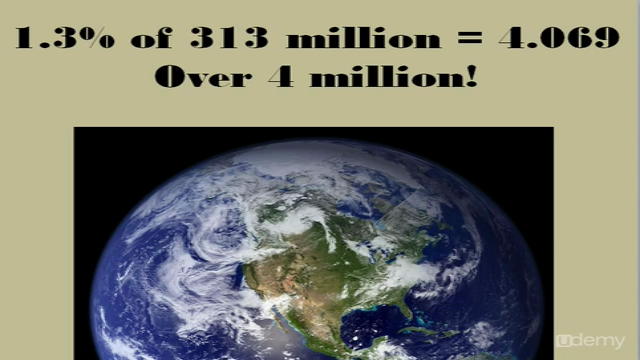
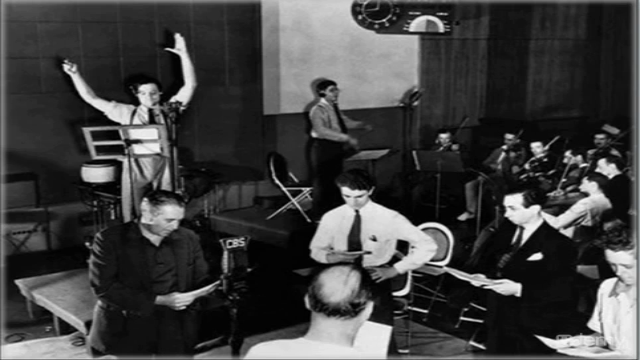
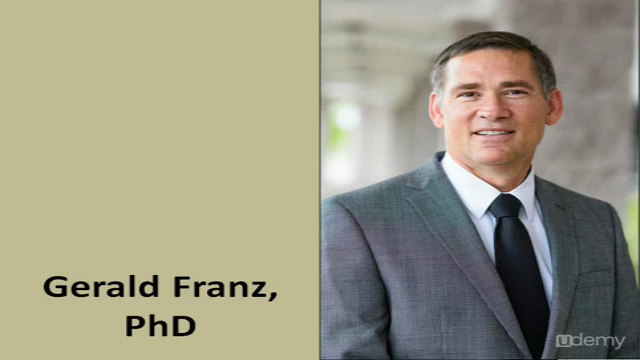
Loading charts...